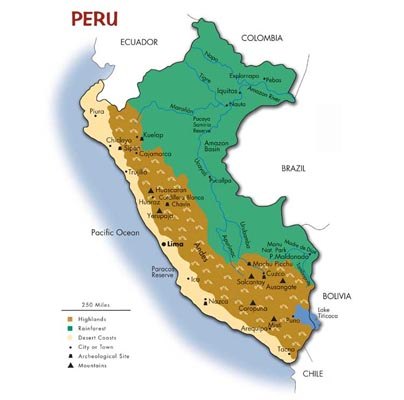Ancient Nazca Lines in Peru to be protected from heavy rains
 Washington, April 14 : The National Institute of Culture (INC) is currently preparing a preservation project to prevent damaged caused by weather on the enigmatic Nazca Lines in Peru.
Washington, April 14 : The National Institute of Culture (INC) is currently preparing a preservation project to prevent damaged caused by weather on the enigmatic Nazca Lines in Peru.
“It’s a project that will serve the whole area in general, to avoid events such like the one last January, when rainwater accumulated and drained, covering with layers of clay the geoglyph called La Mano (The Hand),” Mario Olaechea, resident archaeologist, INC, told LivingInPeru. com.
“Only 1 percent of the geoglyph was covered by the clay layer, and will be withdrawn very soon,” he said.
Heavy rains have affected the region during the first quarter, but without causing serious consequences.
“The most important part of this project is the preventive stage,” Olaechea said.
The Nazca Lines are a series of geoglyphs located in the Nazca Desert, a high arid plateau that stretches more than 80 km between the towns of Nazca and Palpa on the Pampas de Jumana in Peru.
These are largely believed to have been created by the Nazca culture between 200 BCE and 700 CE.
There are hundreds of individual figures, ranging in complexity from simple lines to stylized hummingbirds, spiders, monkeys, fish, sharks or orcas, llamas, and lizards. (ANI)